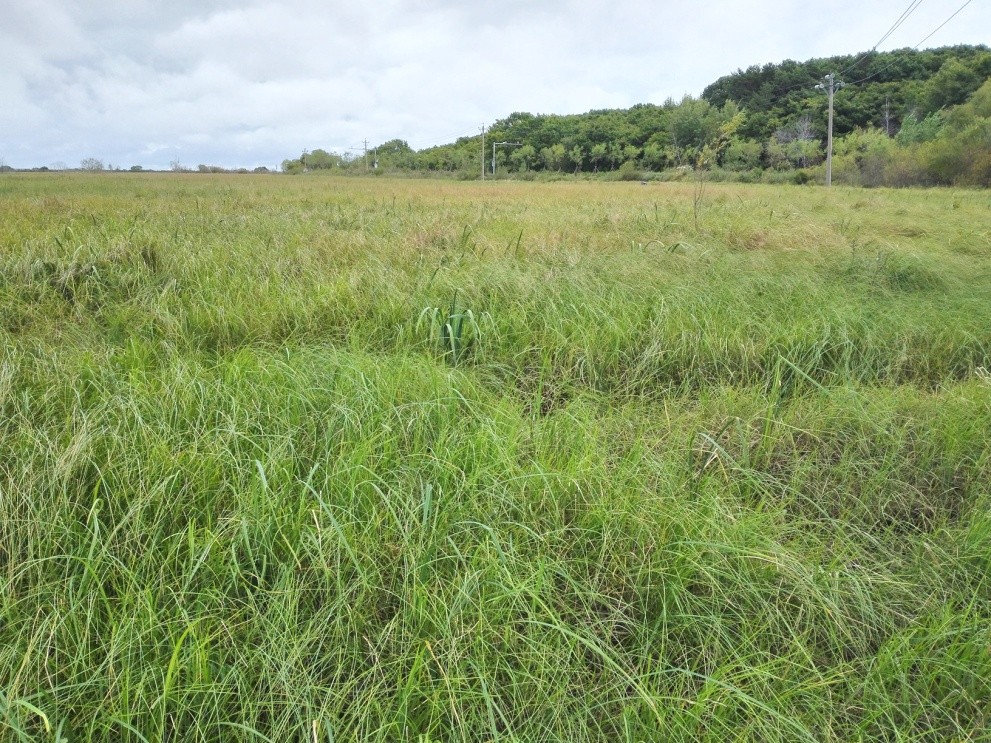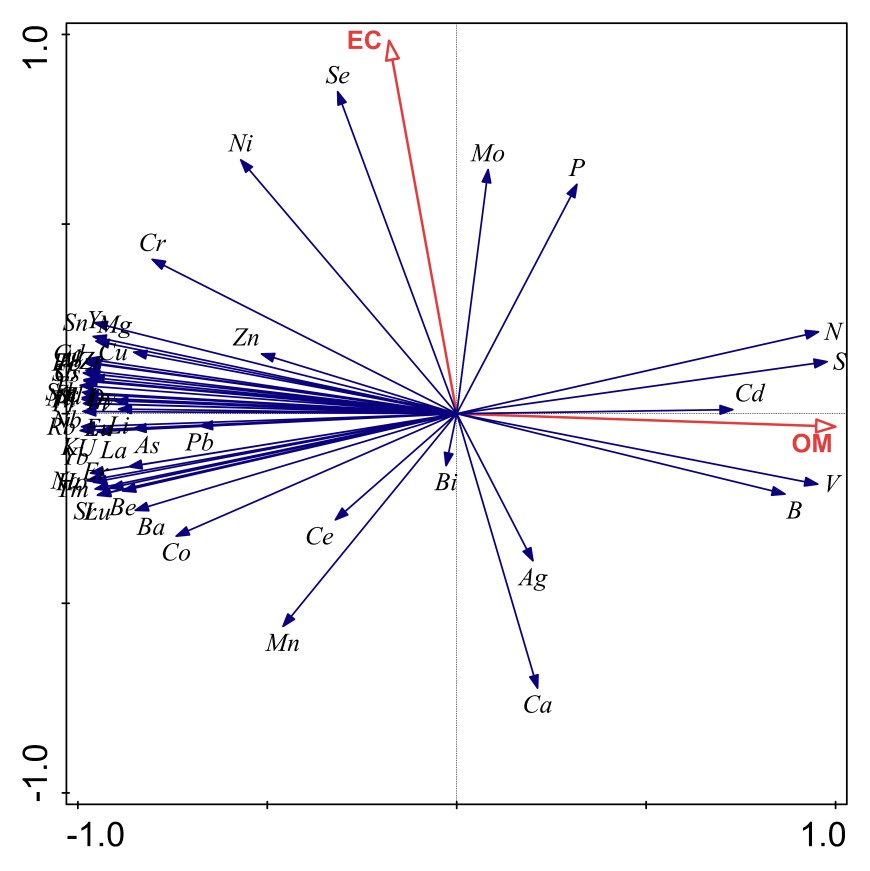Wetlands have declined dramatically in the past century due to land drainage and agricultural intensification in the world. As a key part of environmental policy, wetland restoration projects are being designed at a landscape scale to restore wetland hydrology in abandoned agricultural fields worldwide, enabling ecosystem return to a more natural state. However, the extent to which the restoration also returns soil and biogeochemical processes to their original state is uncertain. To assess restoration success, ecologists mainly focus on plant diversity after wetland restoration. Little information was known about the characteristics of soil element composition and biogeochemistry after restoration.
In a study published in Land Degradation and Development (https://doi.org/10.1002/ldr.3561), researchers from Northeast Institute of Geography and Agroecology, Chinese Academy of Sciences (IGA, CAS) assessed if wetland restoration is associated with a directional shift in soil element concentration toward their original pre-farming status in the peatlands of northeastern China.
The researchers found distinct differences between natural, restored and farmed wetlands, with most values (50 elements) for restored wetlands in-between those for natural and farmed wetlands. Restoration led to an increase in soil organic matter content and shifts in level of element concentration that was closer to natural wetlands. However, differences in soil characteristics still remained so that the biogeochemistry of restored wetlands did not reach the original pre-farming level.
“This is the first report on such a wide range of elements (over 50 elements) in wetlands in China. The information is very important for wetland restoration, because to be successful, not only biodiversity and hydrology, but also the soil element composition and biogeochemistry need to be restored. This approach can be used to assess the success of wetland restoration.” Said Dr. WANG Guodong, principal investigator of the study.
This work was supported by the National Natural Science Foundation of China, the National Key Research and Development Program of China, and the Youth Innovation Promotion Association of CAS.
Dr. WANG Guodong, Ph.D Principal Investigator
Northeast Institute of Geography and Agroecology, Chinese Academy of Sciences
(http://english.iga.cas.cn/)
Changchun, Jilin 130102, China
Tel: + 86 0431 85542207
E-mail: wanggd@iga.ac.cn
Keyword: Assessment; biogeochemistry; element concentrations; wetland restoration

The restored wetland in Xingkai Lake, China (Image by WANG Guodong)

RDA ordination plot of element concentrations constrained by environmental variables. OM: organic matter; EC: electrical conductivity. (Image by WANG Guodong)